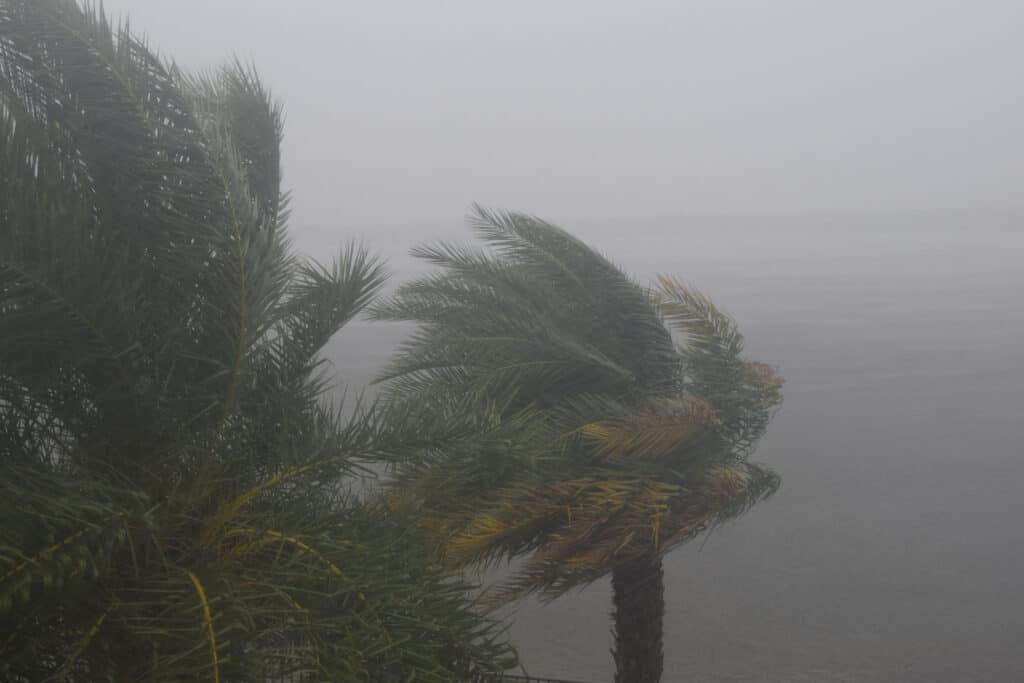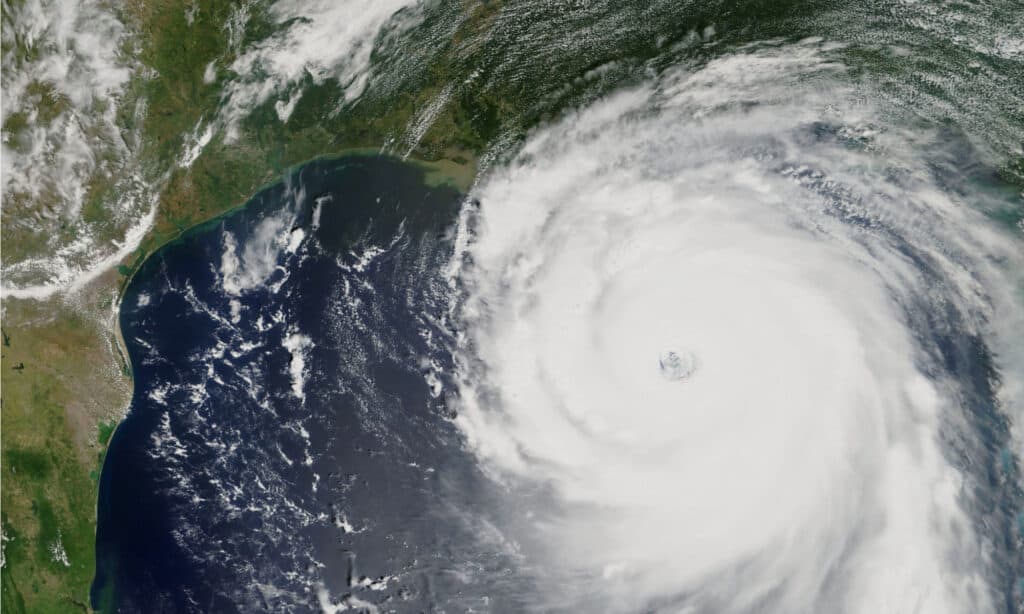Hurricane seasons are always pretty dreadful, especially for those in the Southeastern United States. Each year, without fail, hurricanes sweep through the region from June to November. Tracking and learning about hurricanes has become sort of a hobby for many, and keeping up to date on any forming hurricanes is pretty important for locals in the region. Strangely, hurricanes always seem to have the strangest names. Humans don’t really name any other natural disasters with commonplace names, but we seem to endlessly call hurricanes by the strangest most mundane names. Today, we are going to learn how hurricanes get their names and what happens when we run out. Let’s get started!
How do researchers name hurricanes?

The World Meteorological Organization names hurricanes off of cycling lists.
©LouiesWorld1/Shutterstock.com
Naming hurricanes isn’t something that is done lightly. In fact, there are committees that research the names and have a very specific process in order to select names for current and future storms!
The organization that names hurricanes is known as the World Meteorological Organization. This organization is made up of scientists and researchers from around the world, although naming is only part of what they do. When a tropical storm in the Atlantic officially pops up, it’s them who gets the call.
The process for naming a hurricane is pretty simple. There are six running lists of 21 names for potential hurricanes. The “21” comes from the 26 letters of the alphabet, minus Q, U, X, Y, and Z. Scientists don’t use these letters since finding a name can be tough. Each year, storms are named according to the list in alphabetical order. The first storm staring with the letter A, the second with the letter B, and so on.
When researchers retire a name

Hurricane names are retired when they are deadly or extremely costly.
©LiL SUS/Shutterstock.com
There are often names that overlap in the field, but there is a practice that keeps it from happening for some storms. When a hurricane reaches historic levels of damage or cost, researchers will retire the name out of respect for the regions impacted. A few of the names that have been retired include Andrew, Sandy, Hugo, Ida, and Katrina.
Strangely, there have been more “I” names retired than any other letter in history. So far, 12 storms starting with the letter I have been retired. It’s possible that since there are averages for how many storms appear that certain months are more likely to reflect certain letters. If the month that the letter I falls on for hurricane naming is, on average, more severe, it makes sense that it has the most retired names.
“by the time we get to the I name we’re into the peak hurricane season and the storms are the type that live longer and are stronger.”
Daniel Brown – National Hurricane Center
Since the WMO began naming the storms, there have been 94 retired hurricane names.
What happens when there are more than 21 hurricanes?

A reserve list is used when there are more than 21 hurricanes in a year.
©lavizzara/Shutterstock.com
The average number of hurricanes each year is usually less than 21, but there is a protocol in place should it surpass the readily-available names. Before 2021, the protocol was to use the Greek alphabet to name the storms. However, this was retired in 2021 because people had a tough time differentiating names that sounded similar, like Zeta and Theta.
Currently, the protocol changed to simply have a secondary list of names that begin with the letter A. When the number of storms finally hits Y, it will loop around and begin again with names starting with A.
What have the storms in the 2022 hurricane season been named?
There have already been a fair number of storms this year, with hurricane Ian becoming one of the largest on record. Here are all of the hurricanes that have popped up so far, along with their names:
- Alex
- Bonnie
- Colin
- Danielle
- Earl
- Fiona
- Gaston
- Hermine
- Ian
- Julia
- Karl
- Lisa
- Martin
- Nicole
- Owen
- Paula
- Richard
- Shary
- Tobias
- Virginie
- Walter.
Up Next:
- The Strongest Hurricanes Ever Recorded on Earth
- How Destructive Was The Biggest Hurricane Ever?
- Each Hurricane Category Explained, From 1-5
- The 9 Deadliest Hurricanes Ever To Hit The United States
- Which Countries Have The Most Hurricanes?
The photo featured at the top of this post is © aappp/Shutterstock.com
Thank you for reading! Have some feedback for us? Contact the AZ Animals editorial team.






